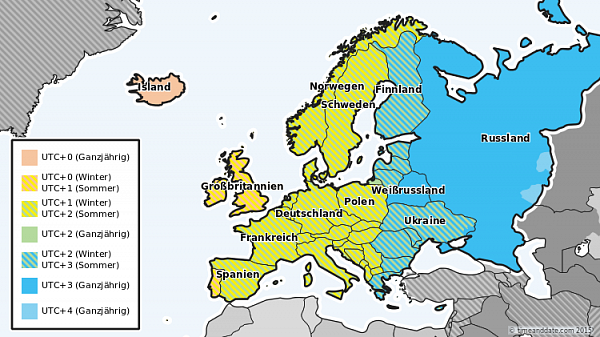Keyboard Shortcuts
ctrl + shift + ? :
Show all keyboard shortcuts
ctrl + g :
Navigate to a group
ctrl + shift + f :
Find
ctrl + / :
Quick actions
esc to dismiss
Likes
Search
09 Dec 2024 Suspected non-Io-C
|
After an Io-B event, an event occurred in zone "C" which I am cautiously calling non-Io-C. Caution is advisable because nothing can be seen in the Nancay spectrograms, but there is hope because both Faraday banding and weak modulation lanes are visible in parts of the spectrogram.
?
Sabine
--
Germany Standard time: UTC +1 hour |
|
Hi Sabine,
toggle quoted message
Show quoted text
You definitely saw Jupiter. Either non-Io-A'' or non-Io-C. Strange that Nancay didn't see it. Strange that the Nancay spectrogram, ostensibly for the 9th, shows an RCP vertex late non-Io-A-style arc instead of the normal RCP vertex early Io-B arc at around 2100 UTC on the 8th. I do not remember Nancay's file naming scheme -- do they name the files 1) with the date of the start of the observation like everyone else, or 2) with the date of the /end/ of the observation in an effort to confuse everyone, or 3) with whatever date takes up the greater portion of the spectrogram, to REALLY confuse everyone, including themselves? I thought it was #2, but if that's so, their J241209 spectrogram you posted is rather strange. If it's #1, then they saw that vertex late arc at 2100 on the 9th, then that is indeed in a normal non-Io-A area of the phase plane. Just for fun, you might compare their J241210 spectrogram (after they make it available) with this spectrogram of yours from the 10th. -- Dave On 12/10/24 04:23, Sabine Cremer wrote:
After an Io-B event, an event occurred in zone "C" which I am cautiously calling |
|
On Tue, Dec 10, 2024 at 02:51 PM, Dave Typinski wrote:
I do not remember Nancay's file naming scheme -- do they name the files It's #2, as you guessed! Up until now, when I examined my recordings in the morning, Nancay data was available with the current day's timestamp. This rules out the possibility that the date refers to the start of the spectrogram, because these times are still in the future in the morning.
?
To make it a little more transparent: France and Germany are in the same time zone. Local midnight is one hour after UTC midnight.
?
 ?
?
At this time of year, our data recording always starts in the evening of the previous day and ends in the early morning hours of the day shown in the Nancay timestamp. You can remember this by saying that the timestamp is on the right of the image and refers to the data to the right.
?
At the moment, the Nancay images are being uploaded with a significant delay. The responsible employee is probably already on Christmas vacation and someone has to take over. Let's hope that nothing gets mixed up.
?
Sabine
--
Germany Standard time: UTC +1 hour |
|
Astronomical Julian Dates being offset from UTC by half a day was supposed to remove all this confusion. Then nobody could remember whether it's 12 hours advanced or 12 hours retarded. Still, that may have helped in Europe, but it created problems for everyone in the western Pacific / Oceania region. Then some bright souls envisioned daylight saving time because cutting an inch off the top of a blanket and sewing onto the bottom of the blanket makes the blanket longer.
toggle quoted message
Show quoted text
-- Dave On 12/11/24 10:25, Sabine Cremer wrote:
Must read: "one hour *before* UTC midnight". |
to navigate to use esc to dismiss

